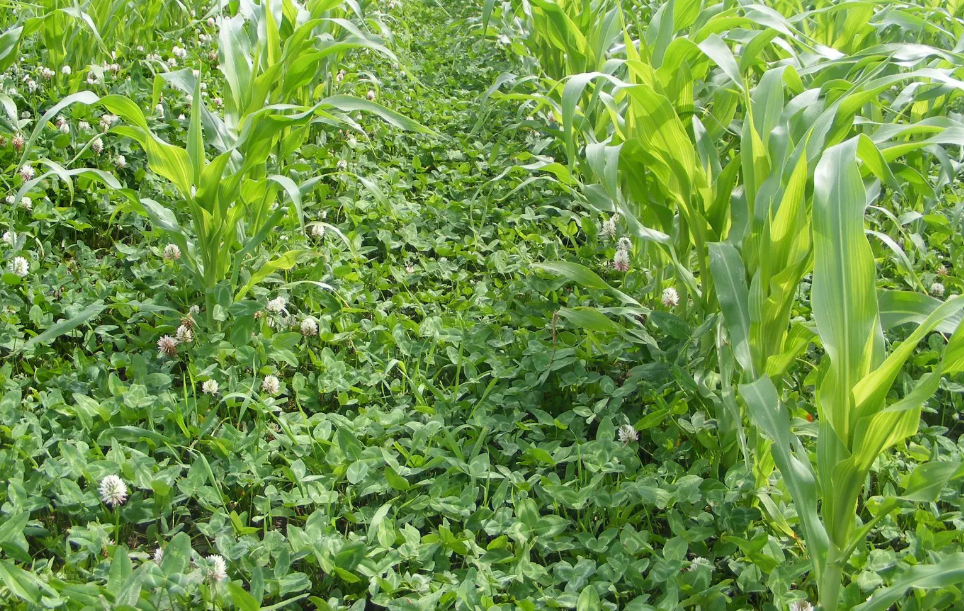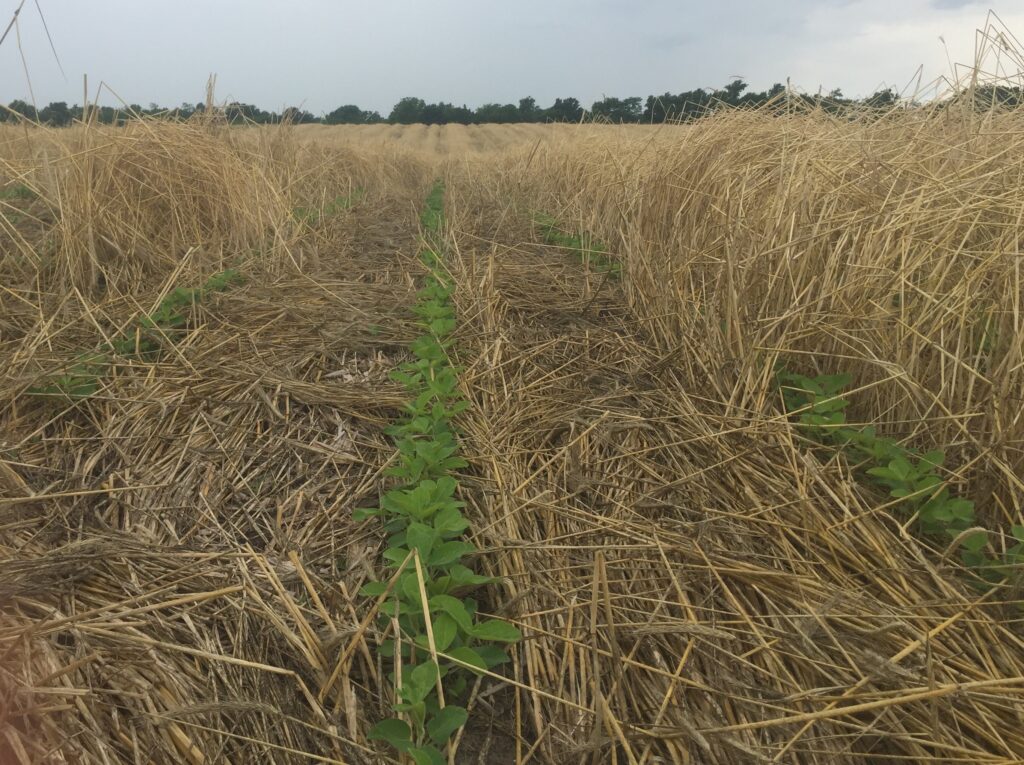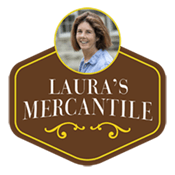What’s a “cover crop”?
We plant cover crops to protect and heal the soil when there is no cash crop in the ground. Cover crops serve soil health goals rather than being harvested for food and money. When a farmer raises a crop for food or feed– in the United States today that usually means corn or soybeans– the crop gets planted in the late Spring. That’s when the ground is dry enough to drive equipment on it without compacting the soil into mud and ruts. The crop grows all summer, soaking up the long days of sun. When the days get shorter and colder in the fall, it makes its seed– calorie-dense food for the people or the livestock– and is harvested. Since the farmer wants ONLY the food plant at the end of the season, that means the land is bare after the crop is harvested. Cover crops protect the soil from erosion and feed the microbial life in the soil when there’s no cash crop growing; or they can be interseeded with cash crops in a supportive role.

What are the benefits of cover crops?
Here’s a pretty good list from an old but good research paper from the mid-nineties. The science behind the benefits of cover cropping has been known for a long time.
- Protection of soil from water and wind erosion
- Addition of organic matter to soils
- Improvement of soil structure and water penetration
- Addition or conservation of nitrogen
- Suppression of weed growth
- Attraction and sustenance of beneficial insects, spiders and mites
New conversation about cover crops is more likely to also include “feeding the soil life,” as ecological farmers recognize that microbes in the soil are critical to the health of crops. The little microbes get cold and hungry in the winter if there aren’t plant roots in the ground and leaves blanketing the soil where they live. The mantra of regenerative farmers is “Keep a living root in the soil all year round.”

One of the first big advocates for cover crops in the current generation of farmers is David Brandt. He’s got another benefit to add to the list: fun! As David says, “Cover crops made farming fun. It’s a challenge to solve the puzzle of how best to draw trace elements up from deep in the soil, how to attract the most beneficial insects and cut back on insecticides, how to get the best infiltration after a rain, how to make cover crops pay for themselves. I enjoy figuring all that out.”
What kinds of plants make good cover crops?
It depends on your goals. So if you want to suppress weeds, planting late fall rye to leave a heavy layer of straw on the ground in the Spring can be a huge benefit. Legumes like clovers and alfalfa have ‘nodules’ that draw nitrogen from the air and store it in the soil. Then when those plants die back, the cash crop that follows them can use the stored nitrogen for their own growth. Small grains like wheat, oats, barley, and rye can be harvested as cereal grains or be used as a grass-type cover crop which grows over the winter to feed and protect the soil and then be killed back in the spring with chemicals or tillage. So, the term “cover crop” refers to how we use the plant; it’s not limited to a certain species or type of plant.

Diverse mixes of cover crops can serve multiple functions which build on each other so that the overall benefit is more than the sum of the individual parts in the mix.
Where can I learn more about cover crops?
I would recommend a few places:
Free resources from Acres Magazine here at ecofarmdaily.com.
Rodale Institute’s cover crop resource page.
And The Soil and Health library which has scanned in an incredible collection of books written over the last 150 years which relate to the theme that “health begins in the soil.” So true!




